Before the first Guitar Hero game was released in 2005, rhythm games had never managed to gain a foothold in North America. Sure, you’d see the occasional Dance Dance Revolution setup in an arcade, but it was a genre that was seen as to niche to properly expand in the West. Guitar Hero quickly changed that, letting players live out their rock star fantasies without all that pesky “practice” and “talent” nonsense getting in the way. The series went on to be highly successful, spawning multiple games over the next decade. Here is every Guitar Hero title ever made, in release order.
Every Guitar Hero game ever released
There have been several attempts to recreate the magic of Guitar Hero, including the DJ Hero spinoffs and several short attempts to port the Guitar Hero experience to mobile phones. Though it follows a similar format, Rock Band is a totally unconnected series that isn’t related to Guitar Hero. The series continued up through 2015’s Guitar Hero Live, expanding to multiple consoles, including three entries on the Nintendo DS. Though it has been several years since the last game in the series, future games remain a possibility, following the news that Activision was being purchased by Xbox.
Guitar Hero (2005)

The first game in the Guitar Hero series was released in 2005 and offered a simple concept; feel like a rock star. While the library of music was smaller than subsequent entries, it was enough to get plenty of people hooked. Shortly after it was released, a sequel was already announced and the rhythm game genre soon exploded in the West.
Guitar Hero II (2006)

The sequel to Guitar Hero, this game became the fifth best-selling game of the year. It improved on almost every aspect of the original, with more than 60 songs to play and improved multiplayer and note-detection technology. This would become the standard against which later games would be measured.
Guitar Hero Encore: Rock the 80s (2007)

This game is largely considered a spinoff rather than a full sequel. There are no gameplay or control changes from Guitar Hero II. Instead, the only noticeable difference here is, as the title implies, the focus on rock from the 1980s, particularly the hair-metal genre. The game is still fun and featured all the Poison, Whitesnake, and Motley Crue you could ask for.
Guitar Hero III: Legends of Rock (2007)
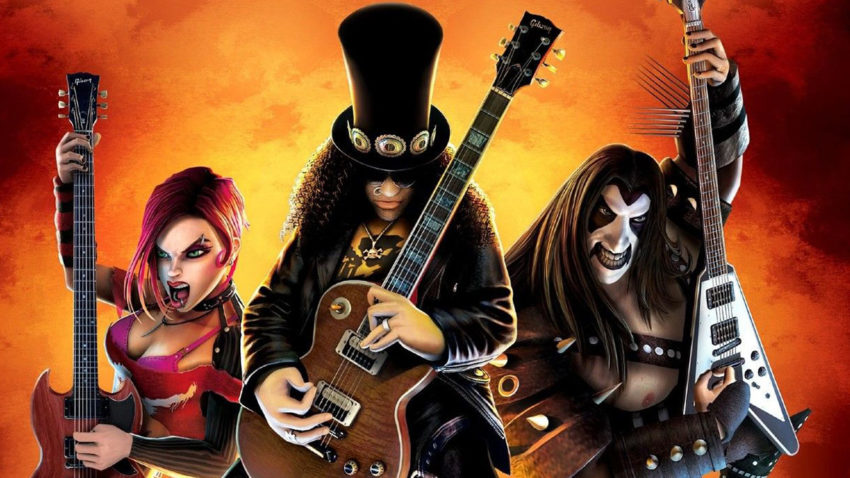
This title represents a split in the Guitar Hero series, as it is the first game to be developed by Neversoft following Activision’s purchase of the franchise for around $100 million. Guitar Hero III also makes the jump to the PS3 and Xbox 360 consoles, giving players better graphics and sound to enjoy while playing their favorite songs.
Guitar Hero: Aerosmith (2008)

This title marked the first time that Guitar Hero chose to focus entirely on one band. Aerosmith has one of the most varied and exciting catalogs in rock history, so it was a popular choice. Think you can keep up with Steve Perry during some of his toughest solos? Dream on.
Guitar Hero: On Tour (2008)

As the Nintendo DS gained popularity, it became almost inevitable that Guitar Hero would make its way to the console. In 2008, the first of three games in the Guitar Hero: On Tour spinoff series was released. This game used the Guitar Grip peripheral, which gave players four buttons to press to emulate the fret buttons on the typical Guitar Hero controller. It also had a guitar pick-shaped stylus to allow a strumming action, though it never quite managed to truly replicate the feeling of holding a guitar the way the original did.
Guitar Hero: World Tour (2008)

Keen readers will notice that this is the seventh entry in the Guitar Hero series and we’re only three years out from its initial release. These games come out fast and furious at this point, with Activision pushing them out as quickly as they can make them. This was the first game in the series to feature the drums and microphone peripherals, letting you get the band back together for one final gig.
Guitar Hero On Tour: Decades (2008)

The second Guitar Hero title for the Nintendo DS, this one focused on music from four separate decades ranging from 1960 to 2000. It expanded on the number of tracks available to players, with more than 50 rock classics for them to play using the Guitar Grip controller.
Guitar Hero: Metallica (2009)

Ever heard of that metal band from Stranger Things? They got the Guitar Hero treatment back in 2009 as well, letting you play all their hits. “Enter Sandman,” “Fuel,” and, of course, “Master of Puppets” all get a turn to shine.
Guitar Hero On Tour: Modern Hits (2009)

The third Guitar Hero game released for the Nintendo DS in a year, this game focused on songs from the year 2004 onward. It still used the same “Guitar Grip” controller as the previous entries for the console. The mechanics of the game didn’t change greatly, though this entry does feature an improved and expanded single-player campaign to play through.
Guitar Hero 5 (2009)

This game built off the four-person play experience of Guitar Hero: World Tour. In fact, it quickly became apparent that this was the intended way to play the game. Though it was expensive, especially back in 2009, having the drum kit, microphone, and two guitars going at the same time made this one of the best party games of all time.
Band Hero (2009)
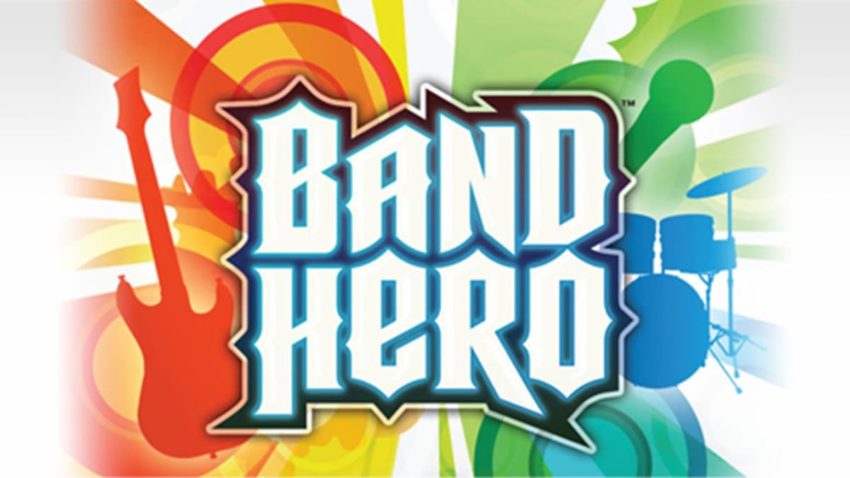
By 2009, the focus was entirely on the full band experience. They tried to shift the brand more toward that but had limited success. The soundtrack to this entry was more geared toward pop-rock than the metal and classic rock that earlier titles featured.
Guitar Hero: Van Halen (2009)

This Guitar Hero entry gave us another focused exploration of one of rock’s biggest all-time bands. All of Van Halen’s hits were here, plus some other tracks only dedicated fans would recognize, from across the Roth and Hagar eras. Spandex and hairspray were, unfortunately, not included.
Guitar Hero: Warriors of Rock (2010)
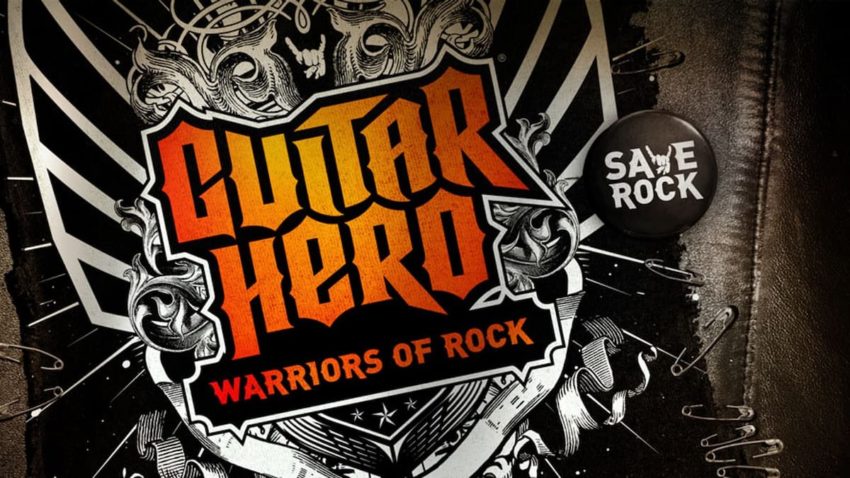
By 2010, Guitar Hero was not the only rock simulation game on the market. Increased competition and a heavily saturated market meant that this was the last game developed for the series for five years. The fact that there was little gameplay innovation between titles ultimately spelled doom for Guitar Hero, though it would have one more attempt to recapture its previous magic.
Guitar Hero Live (2015)

In 2015, a new developer attempted to rekindle the world’s passion for Guitar Hero. Unfortunately, they were hampered by the fact that they didn’t have backward compatibility with previous controllers, forcing players to purchase brand new kit. It also had a severely limited song list in the main game. It only had 40 songs to choose from bundled with the game, with the expectation that players would purchase more online. Turns out, they didn’t and this would be the final nail in the Guitar Hero coffin.

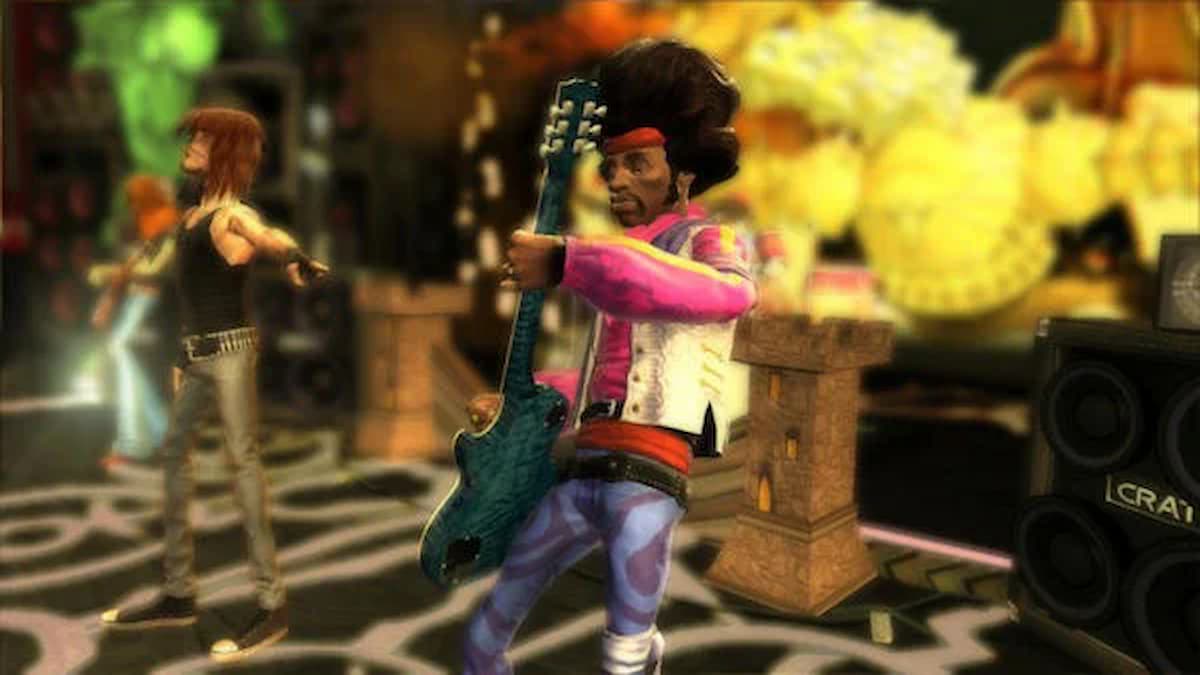
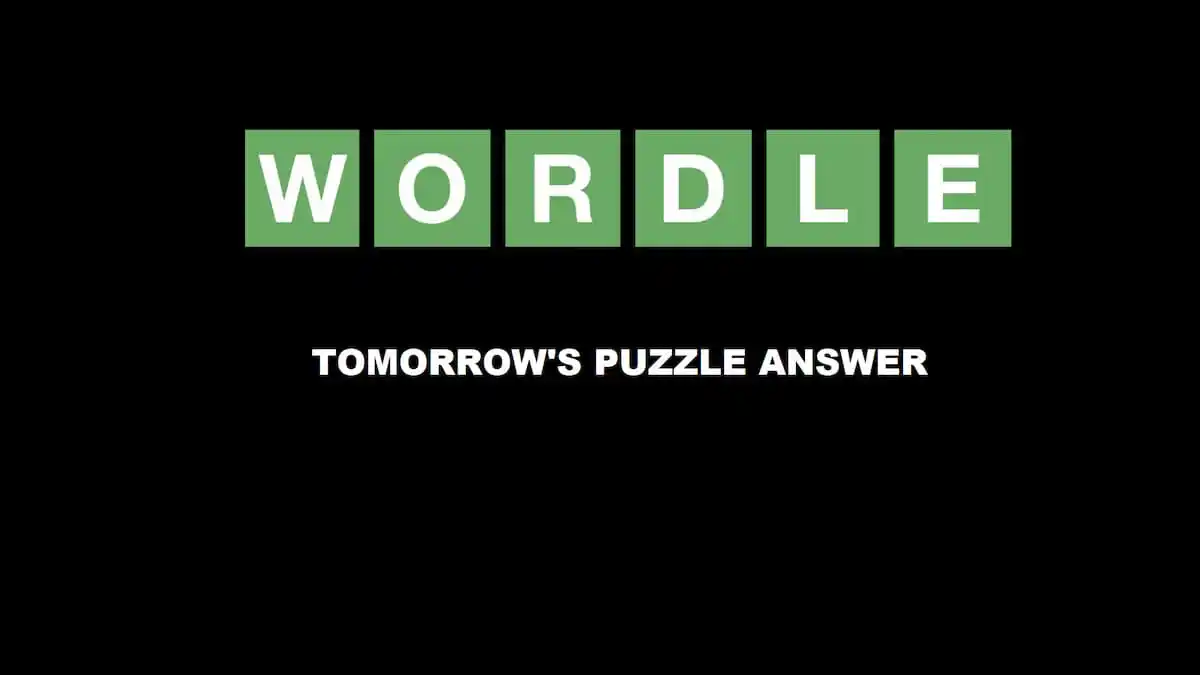
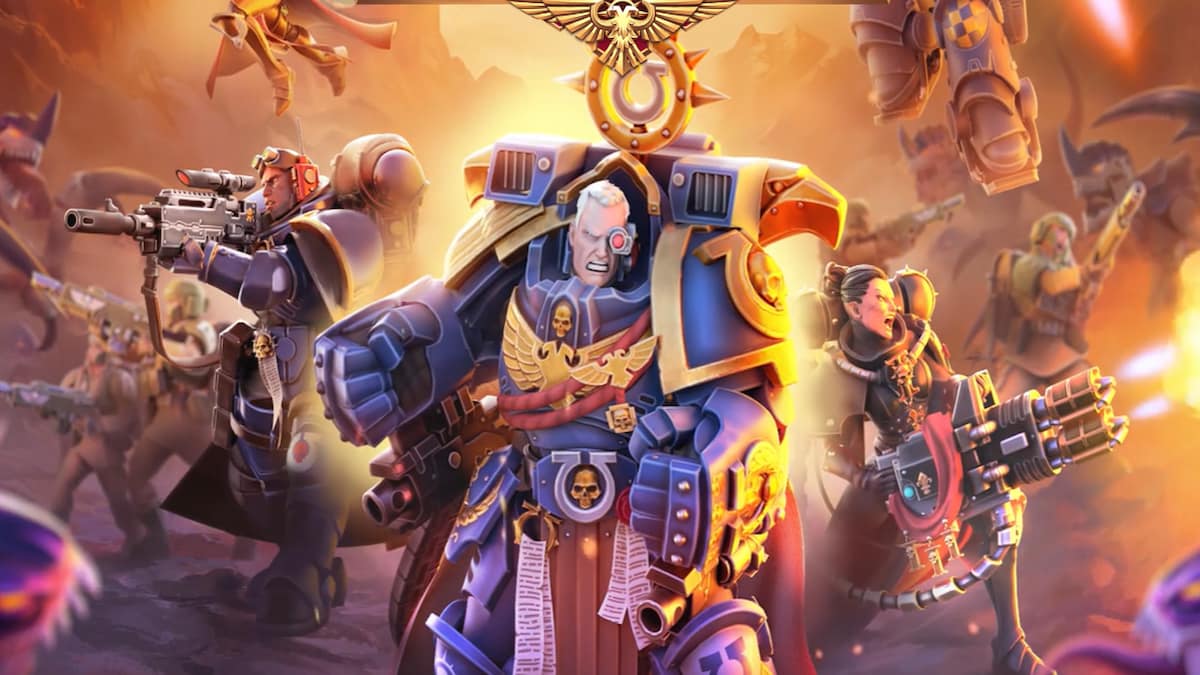

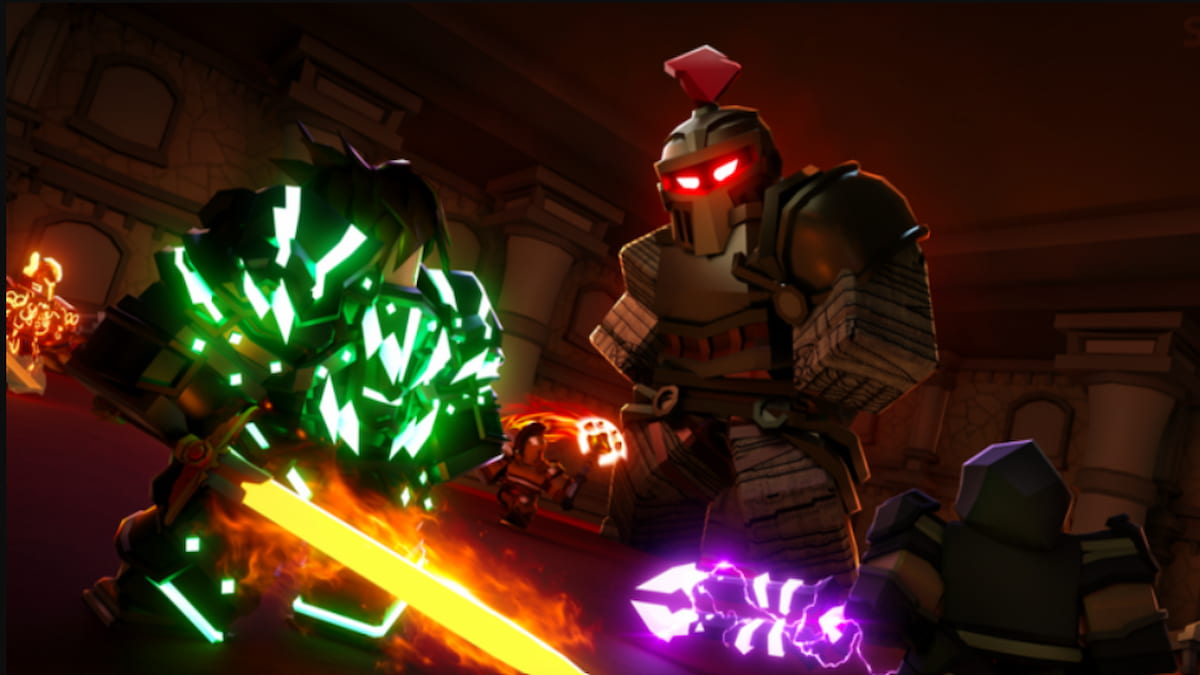

Published: Sep 30, 2022 07:25 am